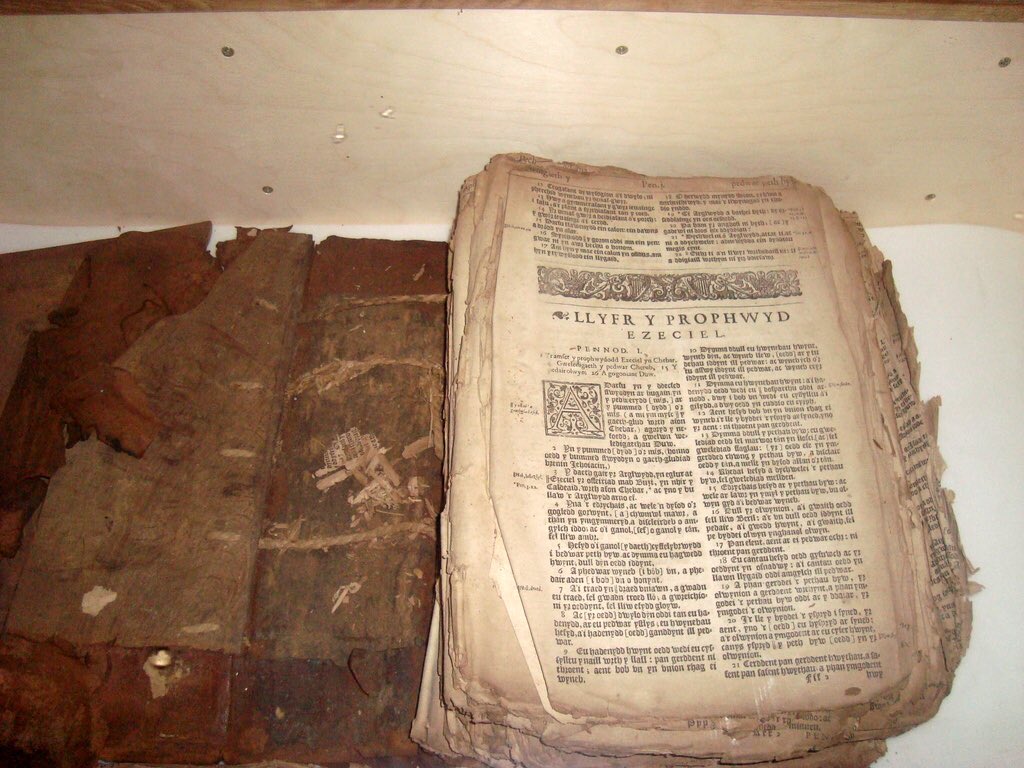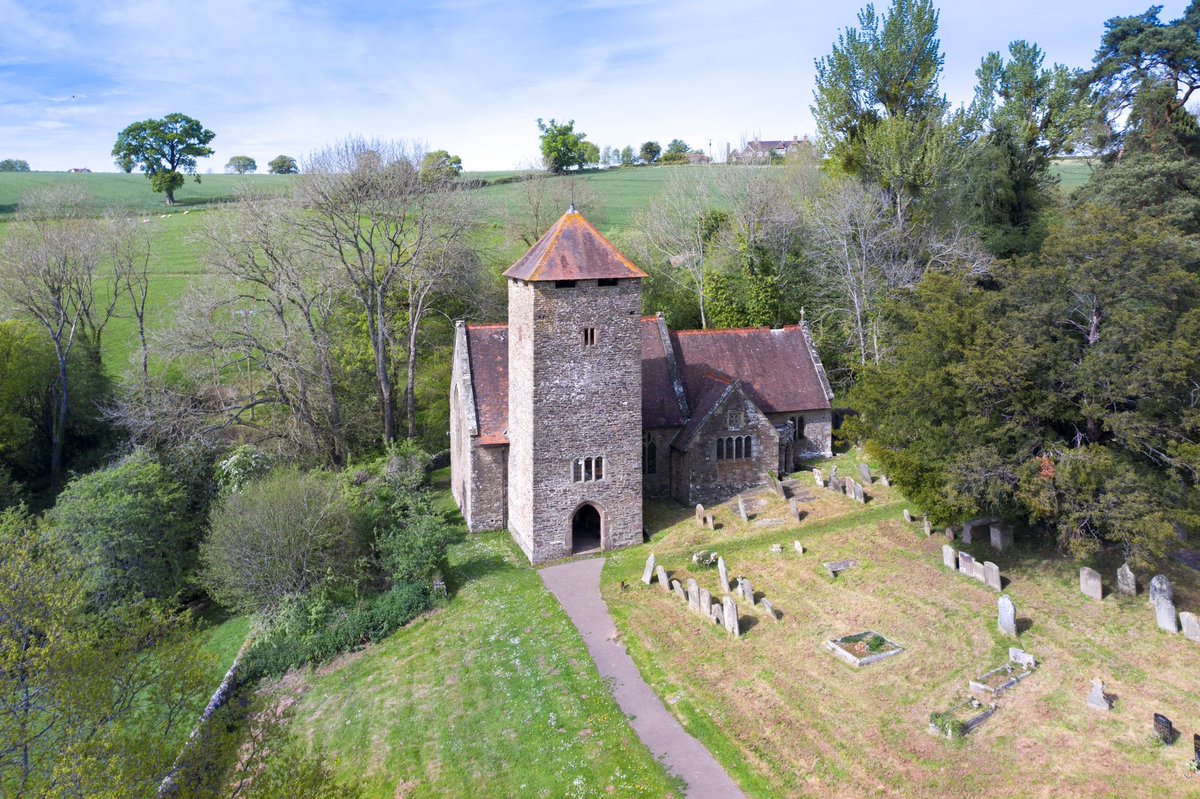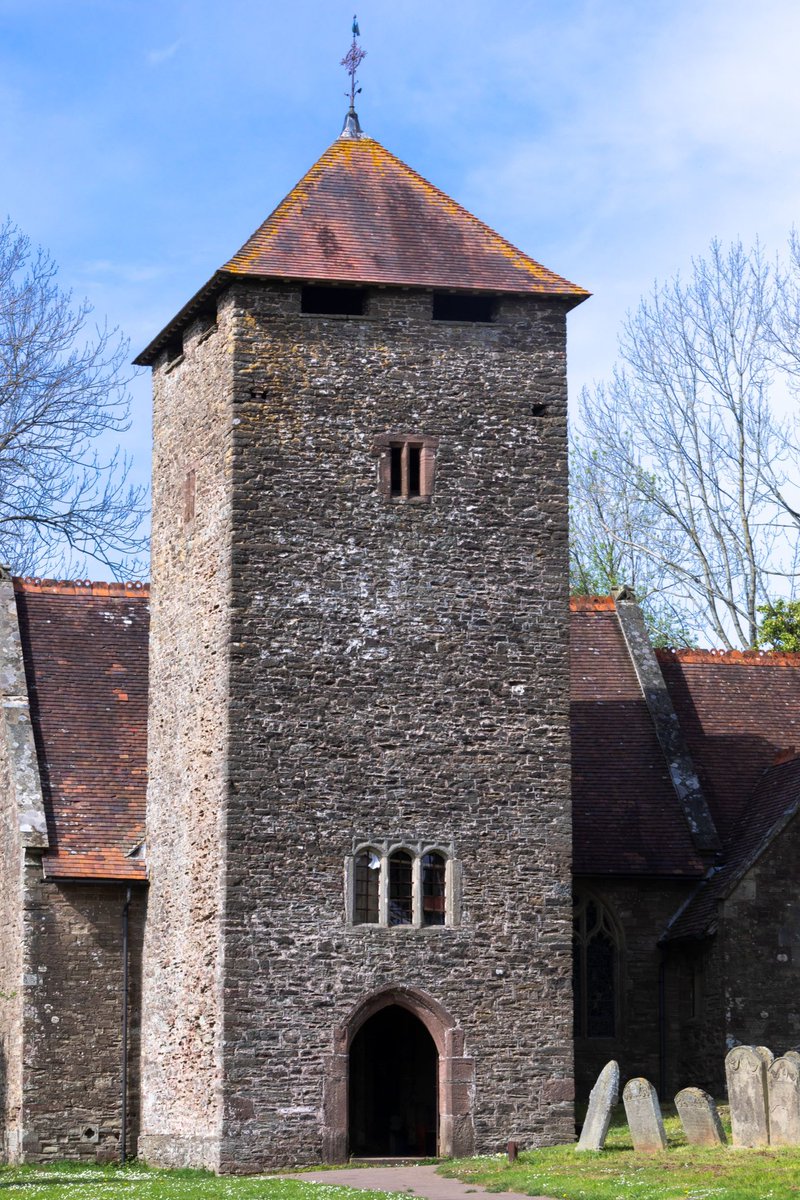
Britain was last invaded was 1797. It was February. 1,400 French soldiers under the command of American Col. William Tate landed on the coast at Carreg Wastad, Pembrokeshire. The invaders sacked the nearby church of St Gywndaf, Llanwnda, home to a 1620s Welsh bible.
#thread
#thread

What exactly happened to the bible at that time is open to debate, but it bears evidence that it has been pulled apart with considerable force. Some believe French soldiers burned pages to keep warm, others suggest its pages were used as toilet paper…
📸: Llywelyn2000
2/
📸: Llywelyn2000
2/

The Battle of Fishguard only lasted a few days. But the bible, one of the oldest in Wales, disappeared for centuries. That is, until it was discovered in the 1990s in a bin liner in the church. Its importance was realised, and it was placed in a display case in the church.
3/
3/

By 2017, the case was failing to provide suitable conditions for the bible. Through the Cottam Will Trust, we were delighted to grant-aid the creation of a new bespoke case, which now displays the bible in optimum conditions mitigating further damage this national treasure.
4/
4/

• • •
Missing some Tweet in this thread? You can try to
force a refresh



















